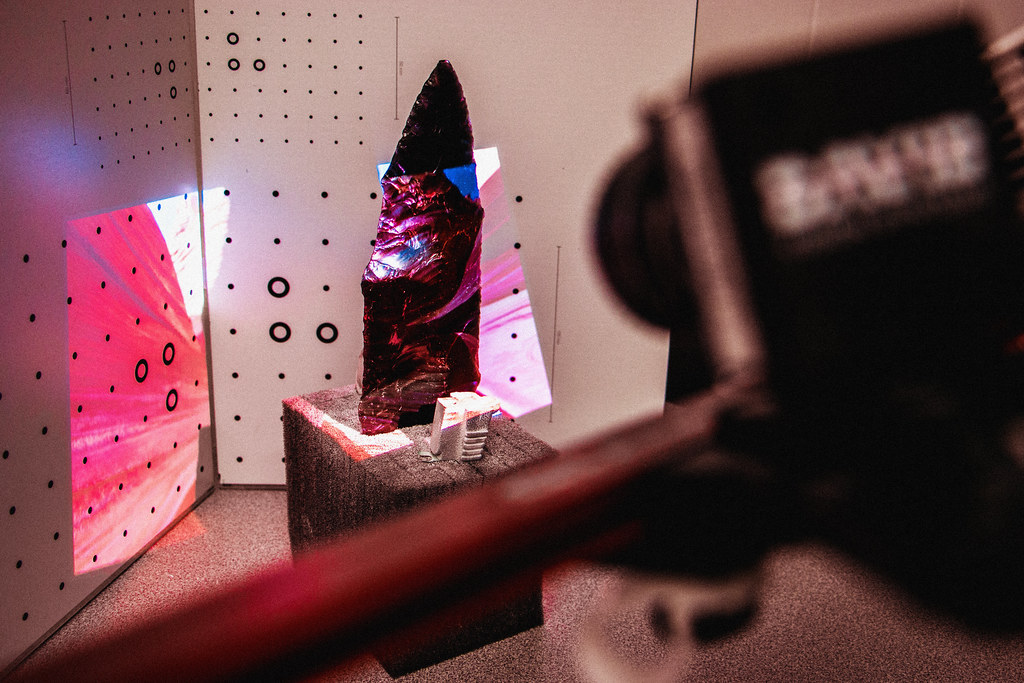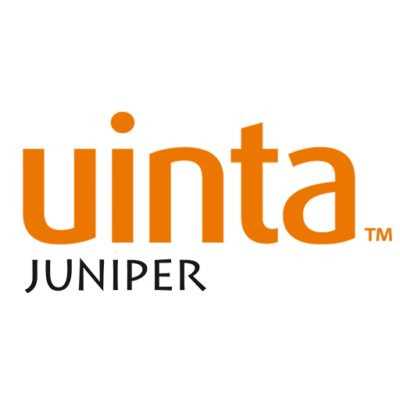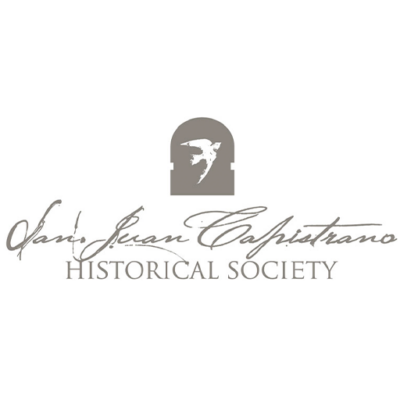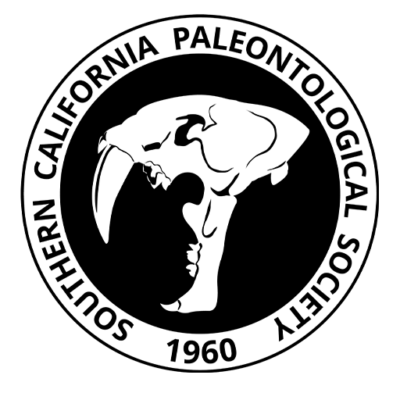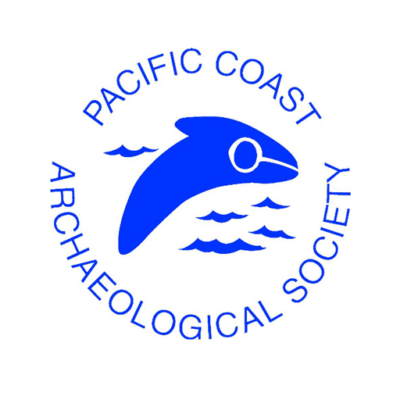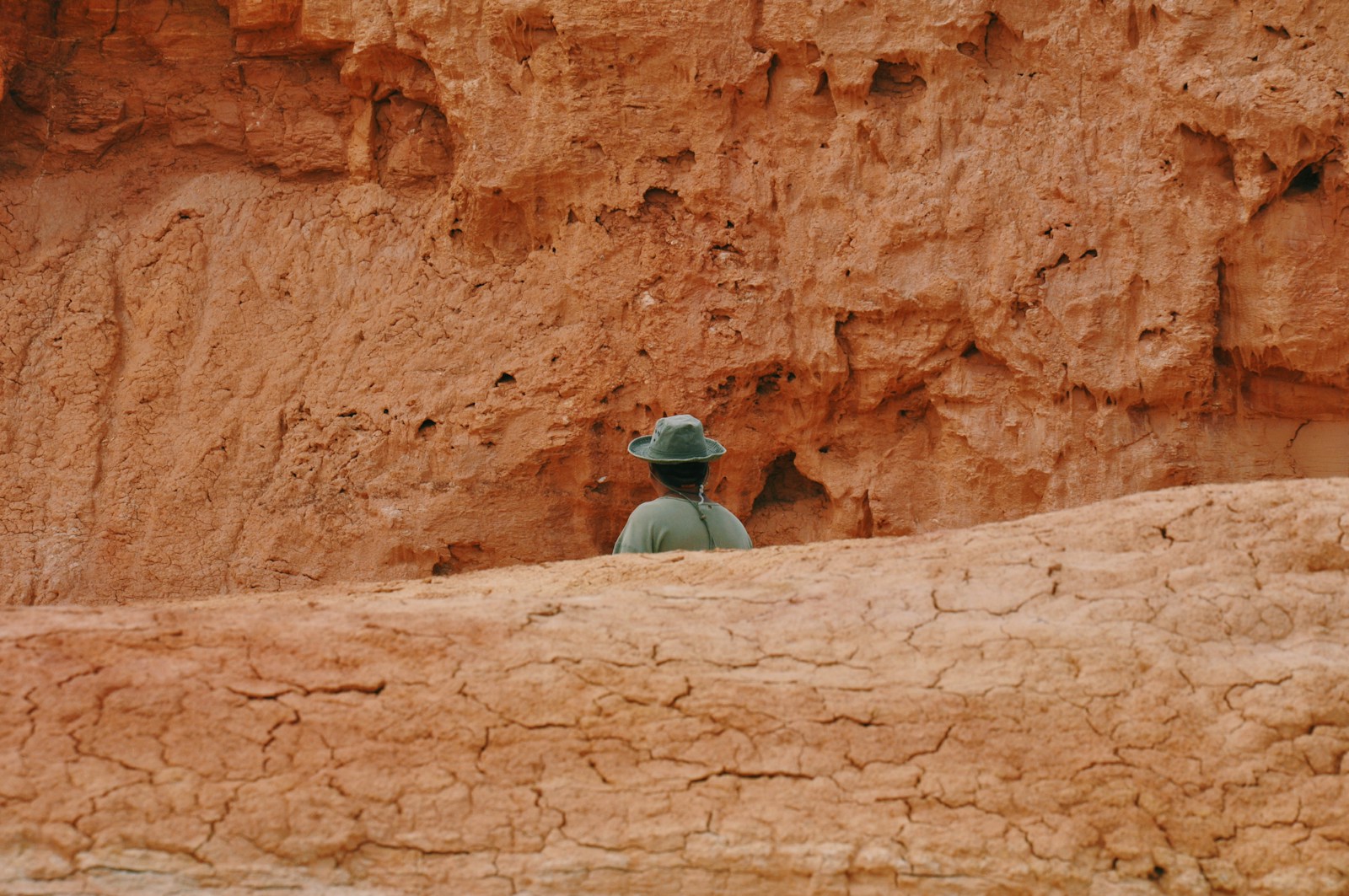Laboratory Analysis
Our team of dedicated scientists and researchers is committed to pushing the boundaries of archaeological science, ensuring that every discovery contributes to our collective knowledge and appreciation of human history. Through our work, ARM Corporation is not just analyzing the past; we’re preserving it for generations to come.


